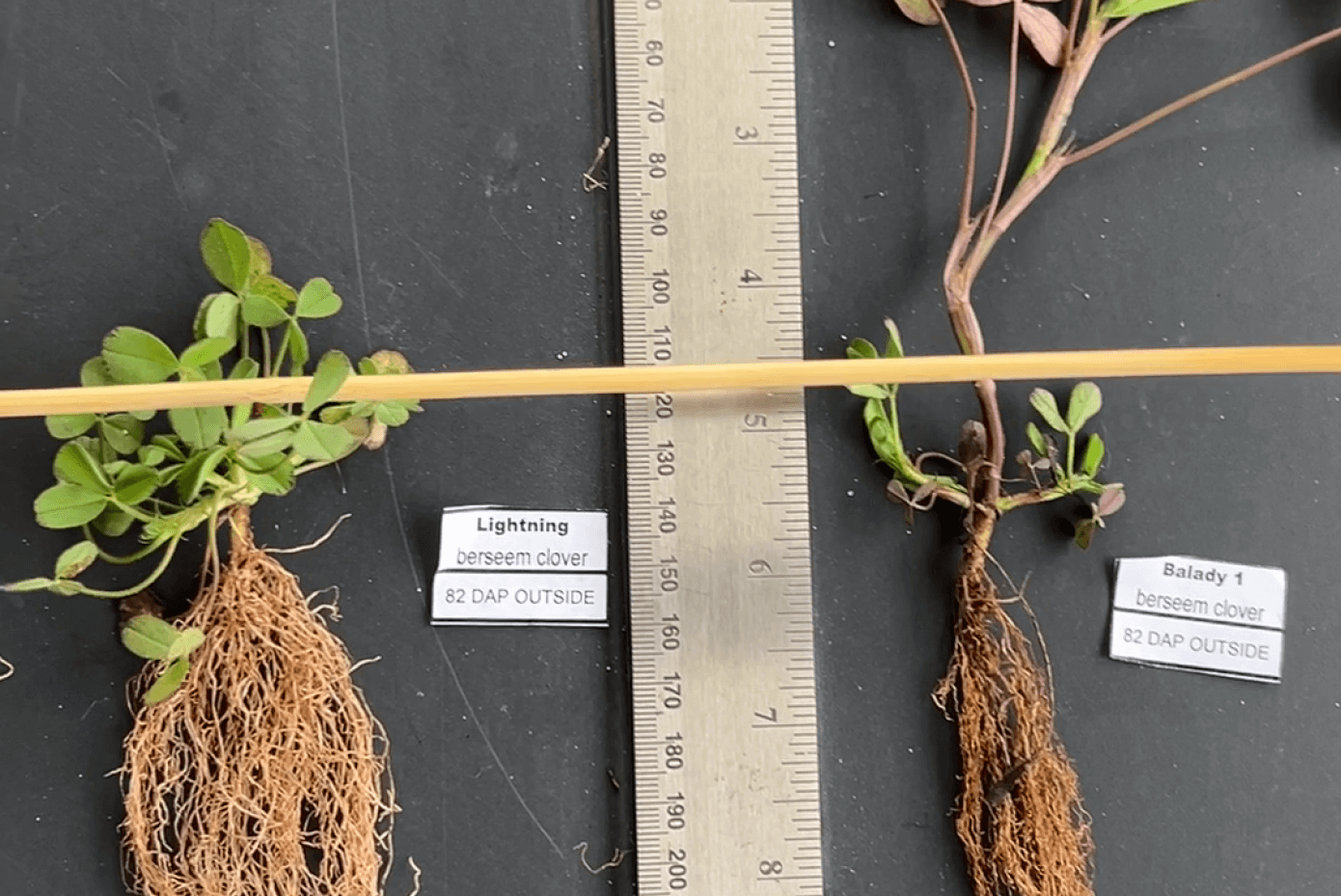Spring has arrived. Let the nail-biting begin.
We are nearly three months into 2024 and it continues to feel more like a “normal” year, specifically without the covid and post-covid issues. Included in those normal feelings are the questions we all share: What is spring going to be like? Will we have good sales? Will we be carrying excess inventory or not have enough for those unforeseen spurts? If it is any comfort, we are right there with you. We hope for good pull-through sales, great weekend weather, plus just enough moisture and heat to keep the farmers, landscapers and homeowners planting seed.
As you review this month’s price sheet, you won’t see too many changes from last month or the month before. That’s indicative of market stability. Use that to your advantage and don’t be so conservative as to not miss a sale because you didn’t have the seed in your warehouse. Don’t try to save a penny and lose a dollar. Sometime around the first of June we can all look back and decide how spring was. Until then, we wish you the best and remind you that we have lots of ways to help - from seed to coating to packaging and more. Give us a call!
Species vs Variety
We have many species in our industry where variety choice sometimes makes little difference. We see this with some legumes, where few variety options are available, as well as with grass species where there seems to be endless varieties. For example, while there may be different varieties of alsike clover, most (maybe all) sold in the US are variety not stated. On the other side, the plethora of turf-type perennial ryegrass dilutes the differences, even though most are sold as named varieties.
Sometimes it takes use and application to really manifest the differences. This was illustrated recently during a study of two berseem varieties - Balady 1 and Lightning. Balady 1 is sold as a standard or common variety. It is considered winter active and has been described as a “single cut” variety. Lightning is a new variety which has fast spring growth, good cold tolerance and is described as a “multi-cut” variety.
What makes the difference between single and multi-cut? There is likely more to it than illustrated here, but one major factor is the growth near the base of a plant. When a plant grows like Balady 1, it has less ability to recover after being eaten or cut near the base of the plant because most of the leaves (otherwise known as natural solar panels) have been removed. In contrast, a multi-cut plant, like Lightning can be harvested or grazed numerous times because there are numerous leaves below the point of grazing or harvesting to speed up recovery. It is also true that single cut varieties are best for earliest usage while multi-cut provide more season long performance. Even different root structures can serve specific purposes.
Specific varieties have their place, and it is more than which one is the best price. Learn more about Lighting, Balady 1, and the many other varieties we have to offer at SmithSeed.com.

Lightning (left) and Balady 1 (right).